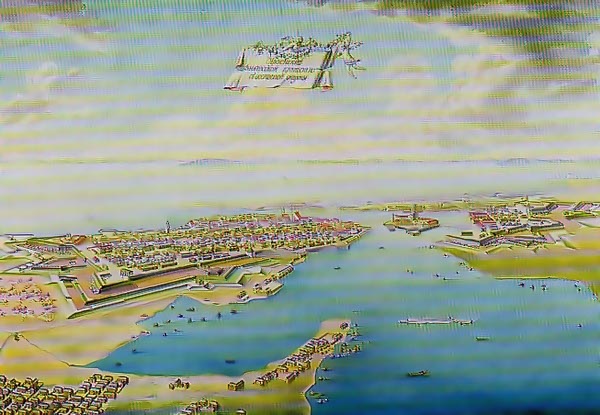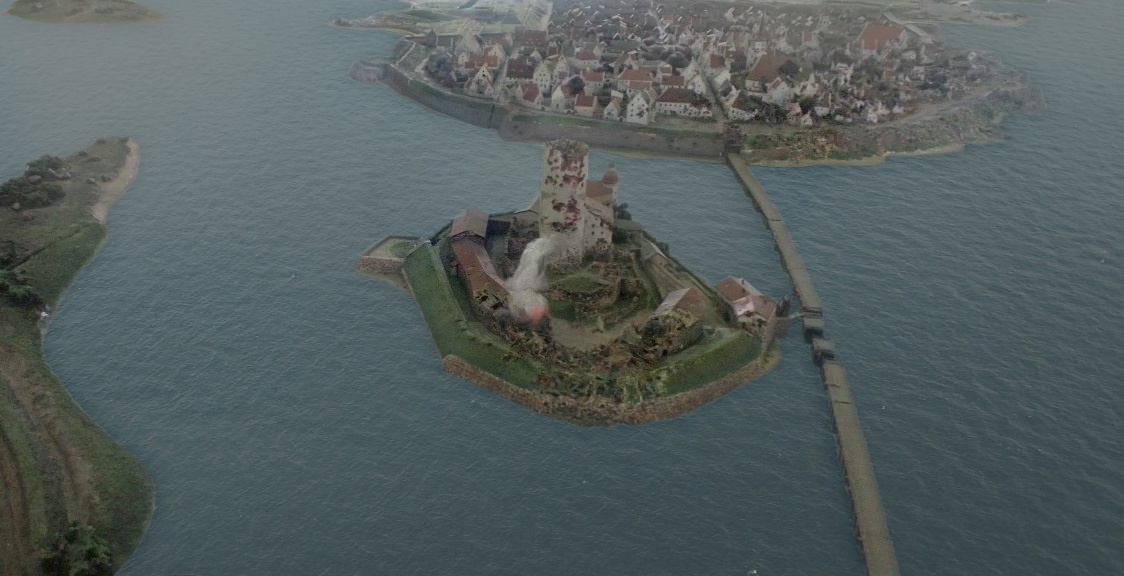Vyborg, Battle of, Vyborg, Russia, 1710
Enlarge text Shrink textThe siege of Viborg took place in the spring of 1710 during the Great Northern War (1700–1721), as a second attempt by the Russians to capture the fortress port of Viborg (today Vyborg), near the modern border between Russia and Finland, after a failed attempt in 1706. After the outbreak of the war, Swedish forces had fortified themselves in the port of Viborg. In order to assure safety for the newly founded city of Saint Petersburg, Peter the Great ordered the Swedish fort to be secured. A first unsuccessful attempt was made in 1706. Later plans were put on hold because of other ongoing conflicts but, after the Russian success at the Battle of Poltava in June 1709, the men and resources were available to capture the town. Thirteen thousand troops under General-Admiral Fyodor Apraksin marched to Viborg and laid siege on 22 March 1710. Magnus Stiernstråle, the Swedish commander at the fort, waited in vain for Swedish assistance, while a stalemate ensued because the Russians lacked sufficient artillery. In April, Peter the Great managed to bring through a fleet of 250 ships to deliver guns and supplies, and to help perform a final assault on Swedish positions. After these Russian attacks, the Swedish garrison surrendered on 12 June 1710.
Read more on Wikipedia >
 Topic
Topic






